On the afternoon of August 25, the Ho Chi Minh Museum coordinated with the Propaganda Department (Central Propaganda and Mass Mobilization Commission) to open the thematic exhibition "Independence Autumn."
With more than 200 documents, images and artifacts, the exhibition introduces to the public the aspiration, will of independence, self-reliance, and the strength of great national unity in the process of fighting for national liberation, building and firmly protecting the independence of the Vietnamese Fatherland.
The thematic exhibition consists of 2 parts. Part 1 "Ba Dinh shines in the autumn sun" clarifies the historical context of 1858, when French colonialists invaded and gradually turned Vietnam into a semi-feudal colony. Witnessing the failure of patriotic movements against French colonialists in the late 19th and early 20th centuries due to the crisis in the way to save the country at that time, the patriotic young man Nguyen Tat Thanh (Nguyen Ai Quoc - Ho Chi Minh) decided to go abroad to find a way to liberate the nation.
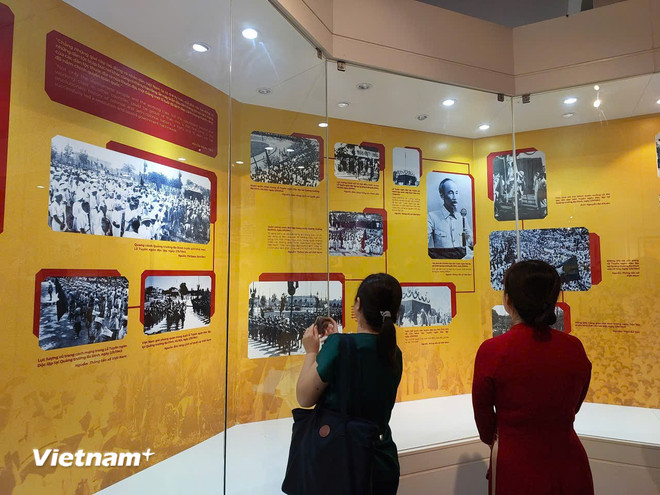
On September 2, 1945, at Ba Dinh Square, President Ho Chi Minh read the Declaration of Independence, giving birth to the Democratic Republic of Vietnam, the first people's democratic state in Southeast Asia.
Part 2 "From the Autumn of Independence to the Spring of Renovation" looks back at the journey of the entire Party, the entire army and the entire people determined to maintain the achievements of the revolution, under the wise leadership of the Party, Vietnam overcame all difficulties and hardships, won many resounding victories in the resistance war against French colonialism (1945-1954), the invading American imperialists (1954-1975) and the struggle to protect the border, maintain the sacred sovereignty of the sea and islands of the Fatherland.
After peace was restored, Vietnam focused on overcoming the consequences of war, gradually building the material foundation of socialism, but still faced many difficulties and challenges. At the 6th Congress in 1986, the Party proposed the Doi Moi policy, marking a fundamental and decisive turning point in Vietnam's development.
After nearly 40 years of innovation and development, Vietnam has had strong, comprehensive and profound changes in all fields from politics, society, economy, education, science and technology to national defense, security and foreign affairs.
According to Dr. Vu Manh Ha, Director of the Ho Chi Minh Museum, the exhibition contributes to arousing the spirit of patriotism, solidarity, self-reliance, national pride and self-respect of every Vietnamese citizen; strengthening propaganda and encouraging the entire Party, people and army to continue to compete and strive to achieve many achievements to practically celebrate the 80th anniversary of the founding of the Socialist Republic of Vietnam; welcoming the success of Party Congresses at all levels and moving towards the 14th National Congress of the Party.
The exhibition introduces a number of documents and objects introduced to the public and visitors for the first time, such as: A copy of Nguyen Ai Quoc's identity card at 6 Villa des Gobelins Street, issued on September 4, 1919 (the card has a photo stamped and signed by him), Nguyen Ai Quoc's photographer's business card, President Ho Chi Minh's letter to the Central Executive Committee of the German Socialist Unity Party informing and inviting the delegation to attend the Party Congress and the 15th National Day of the Democratic Republic of Vietnam, August 1, 1960, a poem celebrating the 15th anniversary of the Democratic Republic of Vietnam by Chinese poet Hoang Vien Boi...
Exhibition open until December 25./.
Some artifacts on display:
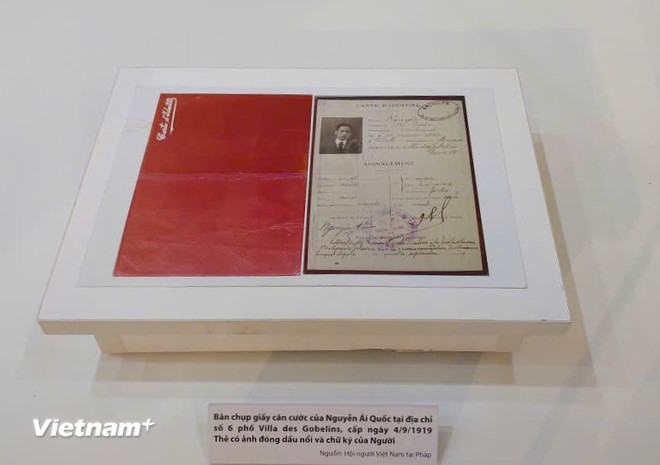
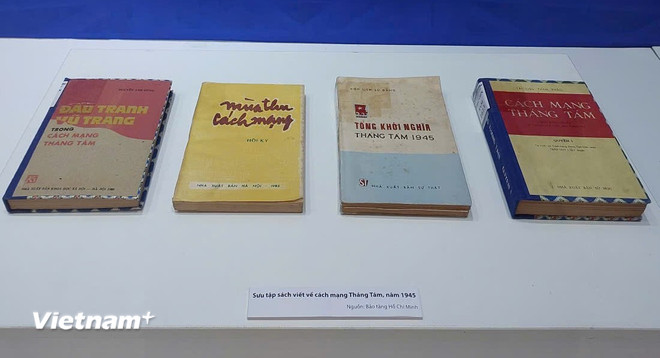
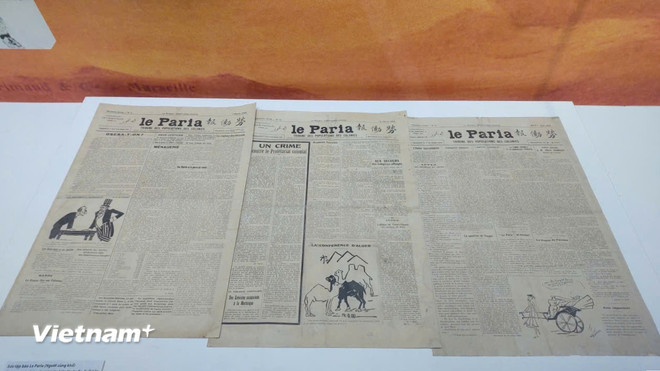
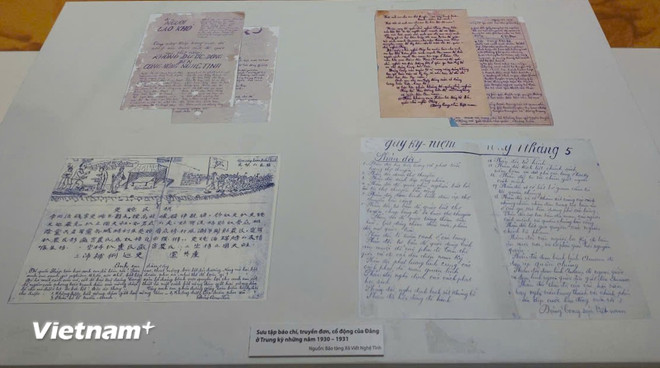
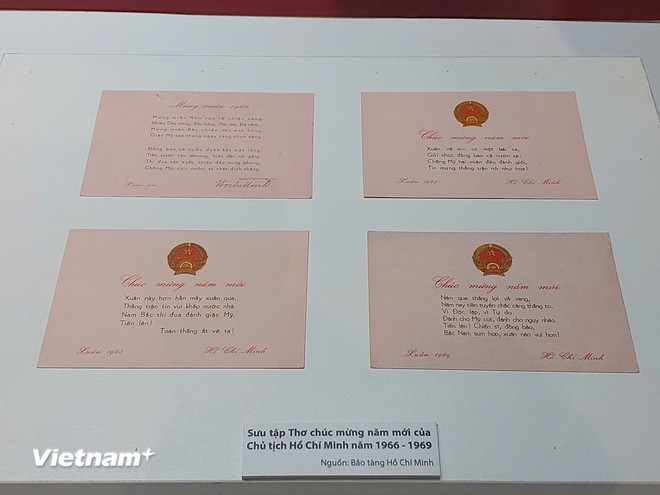
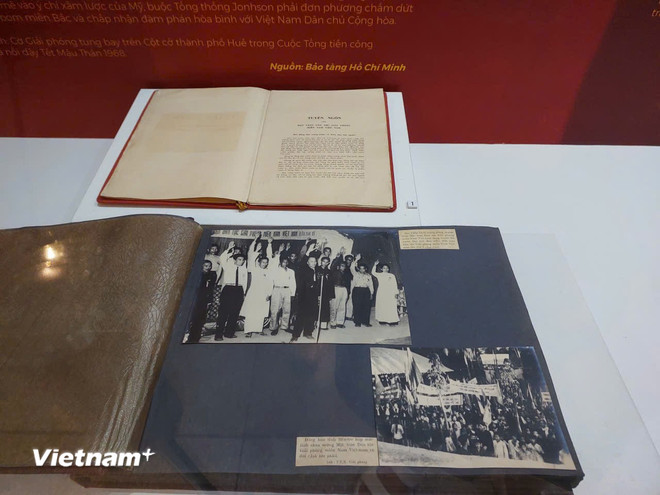
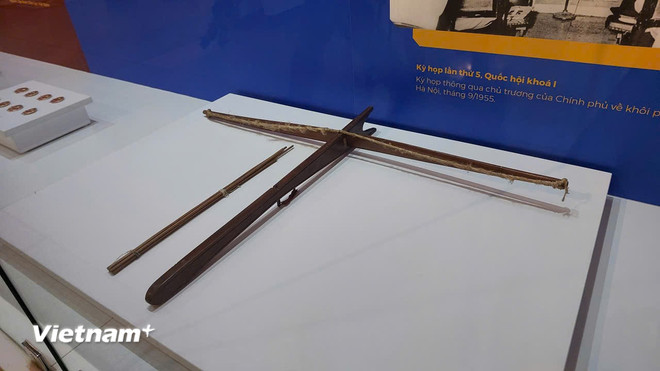
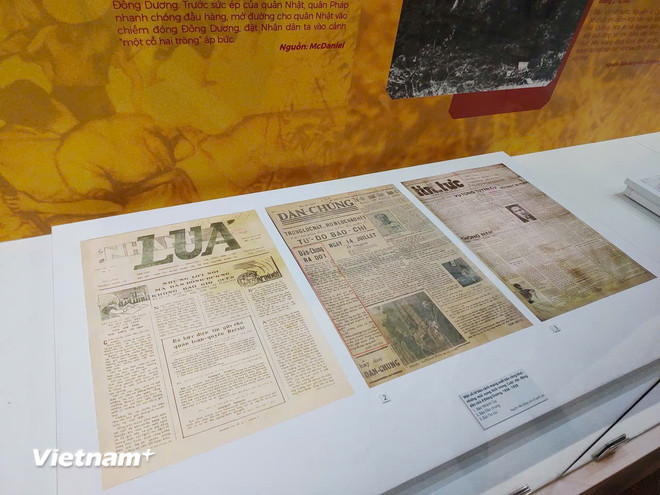
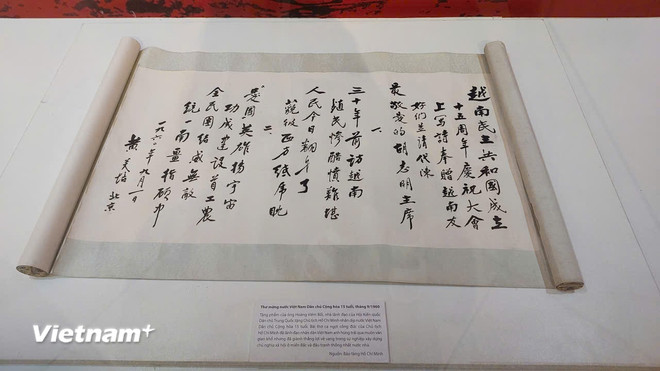
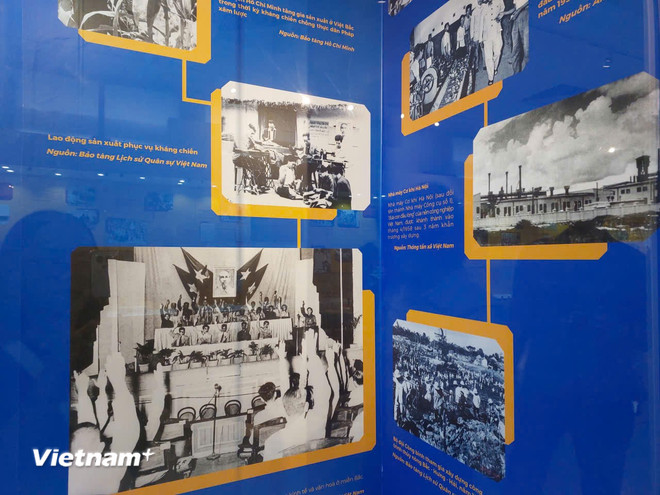
Source: https://www.vietnamplus.vn/nhieu-hien-vat-lan-dau-duoc-cong-bo-tai-trung-bay-chuyen-de-mua-thu-doc-lap-post1057826.vnp



![[Photo] Opening of the World Cultural Festival in Hanoi](https://vphoto.vietnam.vn/thumb/1200x675/vietnam/resource/IMAGE/2025/10/10/1760113426728_ndo_br_lehoi-khaimac-jpg.webp)
![[Photo] Unique Phu Gia horse hat weaving craft](https://vphoto.vietnam.vn/thumb/1200x675/vietnam/resource/IMAGE/2025/10/10/1760084018320_ndo_br_01-jpg.webp)
![[Photo] Ho Chi Minh City is brilliant with flags and flowers on the eve of the 1st Party Congress, term 2025-2030](https://vphoto.vietnam.vn/thumb/1200x675/vietnam/resource/IMAGE/2025/10/10/1760102923219_ndo_br_thiet-ke-chua-co-ten-43-png.webp)



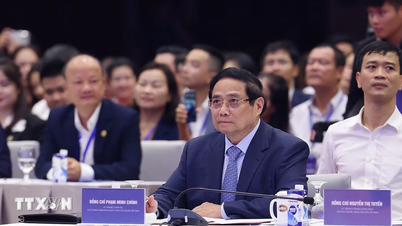
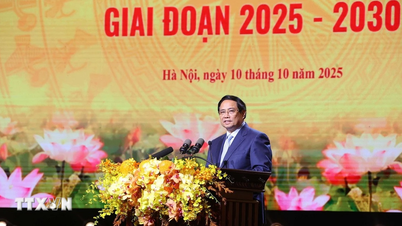

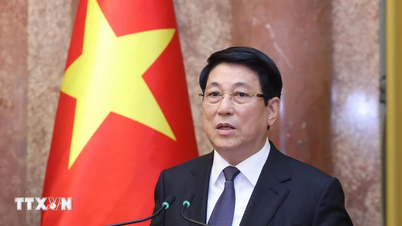

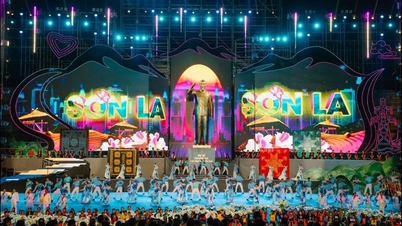






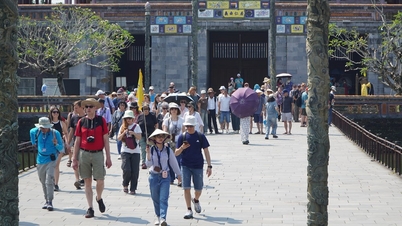



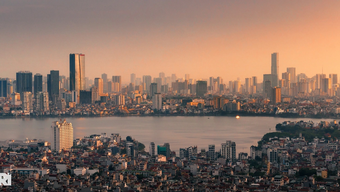


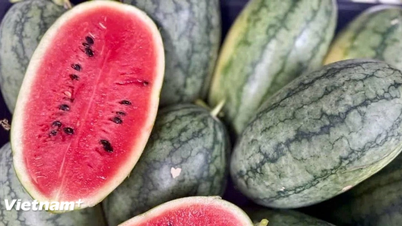
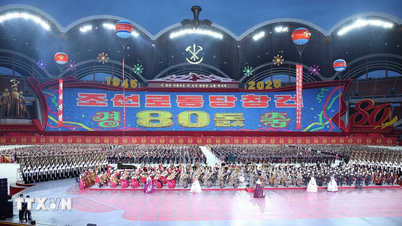
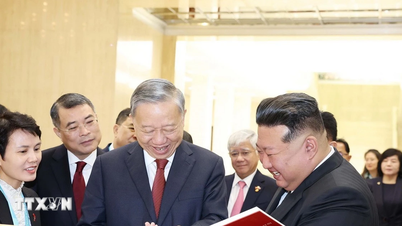




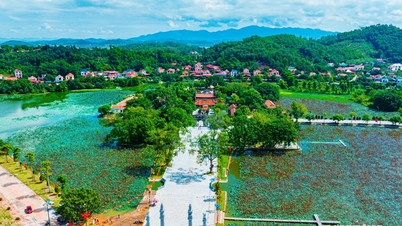



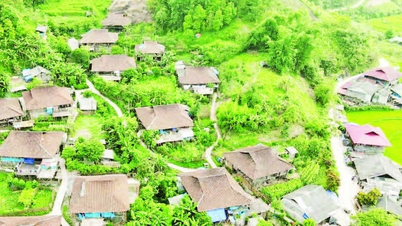

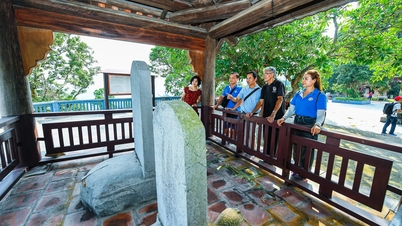
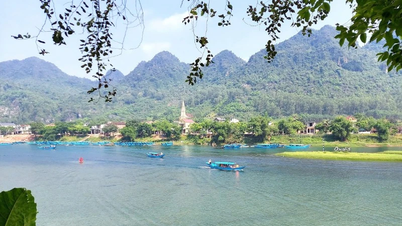






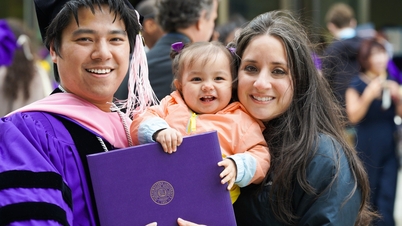




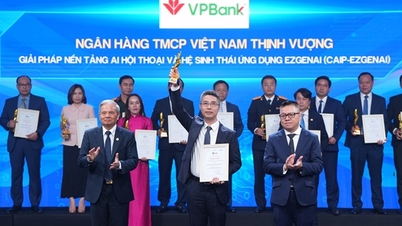





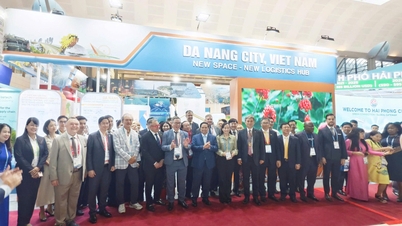







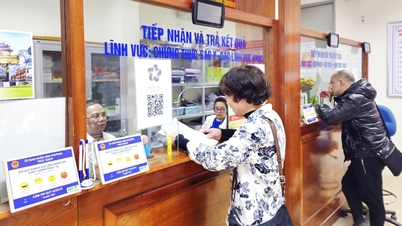


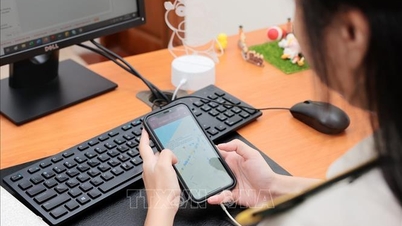

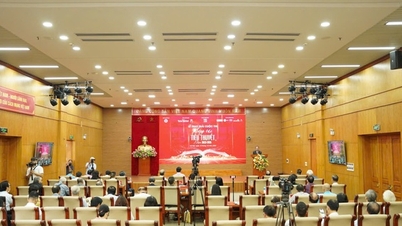
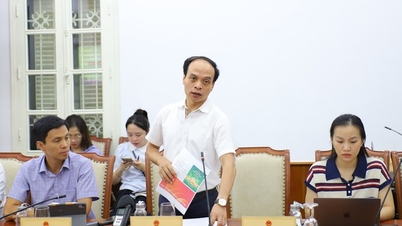







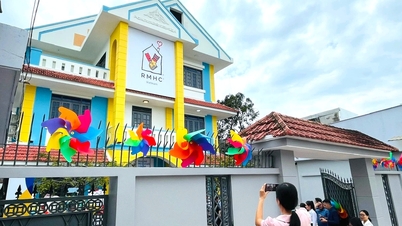

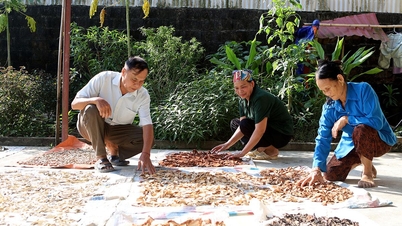

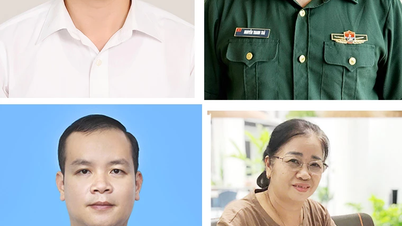
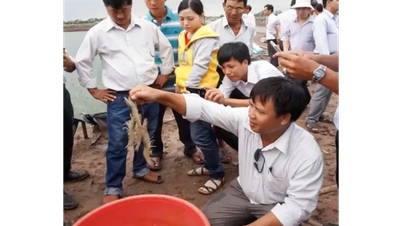

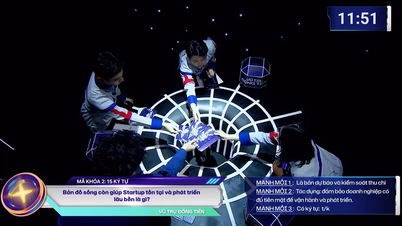













Comment (0)